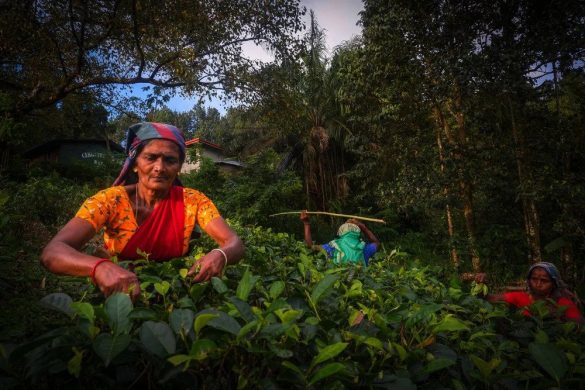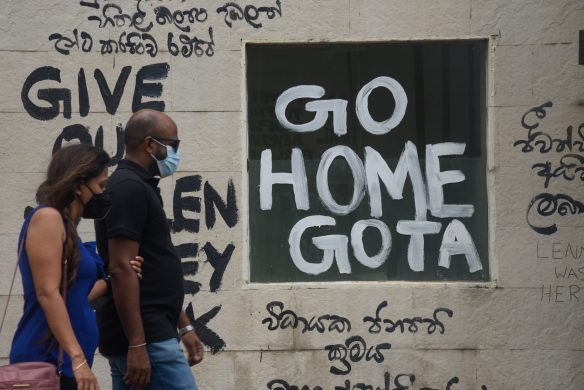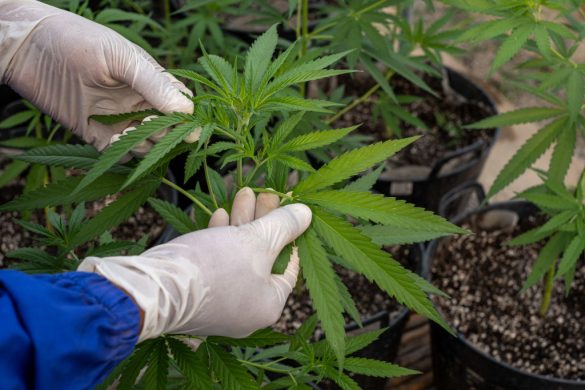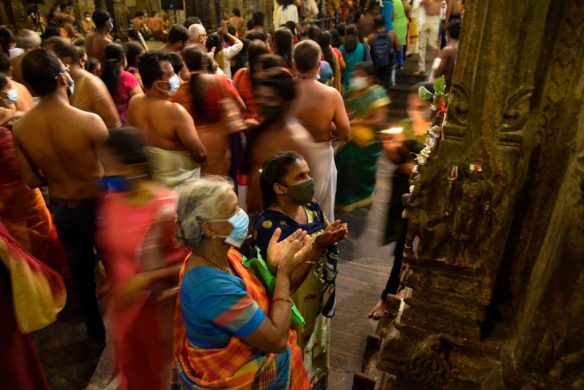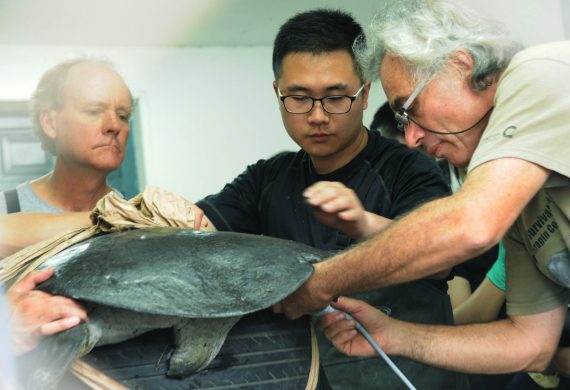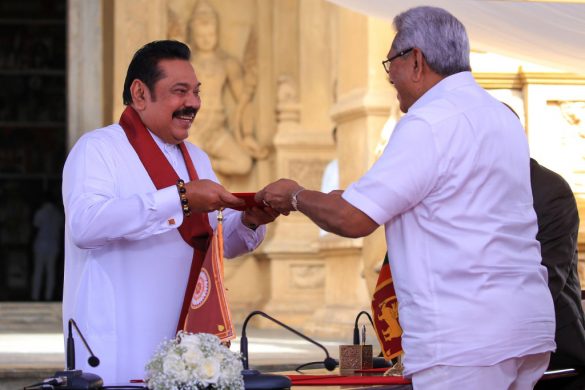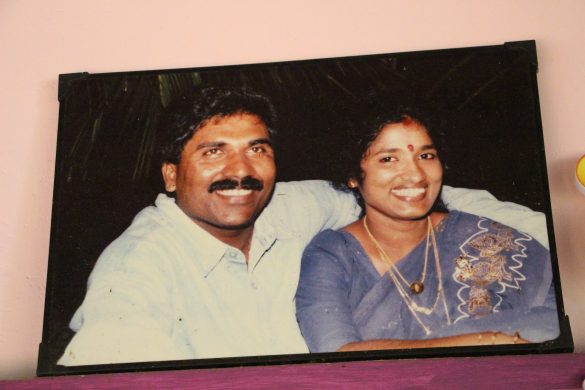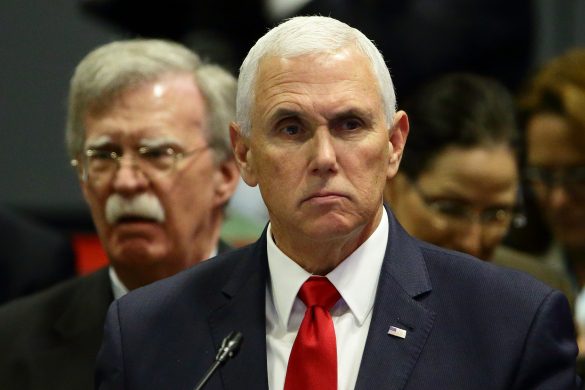LONDON, 9 March, 2017 (Save The Children): Sri Lankan farmers are counting the cost of the nation’s worst drought in decades, which has caused widespread crop failure and food shortages while compounding the nation’s existing malnutrition crisis.
Drought conditions now exist in all but two of the country’s 25 provinces, and more than 1.2 million people are affected, including over 600,000 children. Rice paddy cultivation from the harvest just ended was down 63 percent compared to the average, making it the worst major harvest in over 40 years.
“The biggest harvest of the year has just finished and it’s been a massive failure for most farmers living in areas crippled by the drought,” said Chris McIvor, Save the Children Country Director in Sri Lanka.
Widespread food and water shortages across the country have been visible, and it could get worse if the next harvest in Yala season due in August is also below the norm. Thousands of water tanks are running low or drying out with some water stores becoming contaminated because they’ve been stagnant for too long.”
Elefanter kommer ind i landbyer i søgen efter vand og mad
There have even been reports of wild elephants coming into villages in search of food and water, often destroying remaining crops and potentially putting children’s lives in danger.
Mr McIvor warned that the drought was also compounding Sri Lanka’s long struggle with malnutrition, which affects nearly a third of children and a quarter of women.
“The nation’s food supply has taken a huge hit, which in turn has caused prices to rise. As a result, many of the poorest families are struggling to feed their children, often choosing to eat fewer and smaller meals, and cut down on nutritious foods like meat and vegetables,” he said.
The UN has already warned that harvests due in the coming months are expected to be significantly reduced, and are likely to exacerbate food shortages.
Vandkraftværker kører på lavt blus
Making matters worse, the drought is hampering Sri Lanka’s electricity generation, which is largely provided through hydro power. The government recently said that the country’s current hydro power production stands at just a third of what is required.
Save the Children contributed to a recent emergency assessment of drought-affected areas alongside the government and UN, and will provide unconditional cash grants so families can buy food, water and other basic necessities, as well as helping schools obtain more secure and safe water supplies by providing water tanks, pumps and technical expertise.
Save the Children has been working in Sri Lanka since 1974, supporting communities with education, health programs and child protection activities, as well as responding to humanitarian crises like floods, typhoons and droughts.



